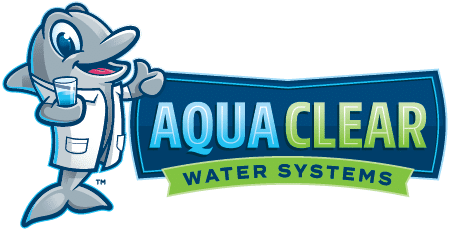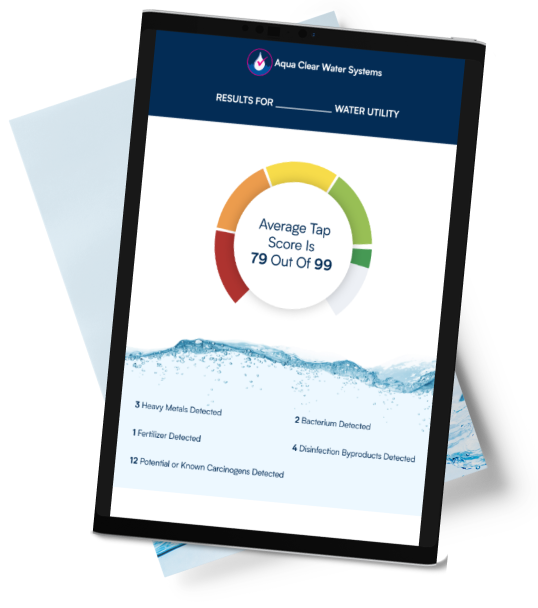Contaminants in your tap water? Let’s find out.
Did you know that the tap water you rely on daily might be hiding an array of harmful contaminants? In the US, the water we drink is not always as clean as we think, with substances like lead, arsenic, PFAS, copper, nitrates, and disinfection byproducts posing significant health risks. Uncovering these contaminants and understanding their implications is crucial to ensuring the safety of our drinking water. Read on to discover what’s really in tap water and how to protect yourself and your family.
Key Takeaways
- Tap water in the US can contain harmful substances such as lead, arsenic, nitrates, PFAS, bacteria, and pharmaceuticals.
- Infrastructure improvements and policy changes are necessary to guarantee access to safe drinking water for all.
- Installing a home filtration system is one of the most effective ways to protect against contaminants in drinking water.
The Dangers Lurking in Our Tap Water
Various contaminants can be found in drinking water across the US, each posing a risk to human health. Pregnant women, infants, and people with chronic health conditions are especially vulnerable.
Private well owners should test their water annually for:
- Coliform bacteria
- Nitrates and nitrites
- Metals (lead, copper, manganese)
- Radiological contaminants
- Other locally relevant chemicals
Maintaining the cleanliness and safety of drinking water supplies is vital to reducing health risks and shielding vulnerable groups from pollutants.
Lead: The Silent Threat
Lead leaches from older pipes and fixtures, causing neurological and developmental issues in children, as well as cardiovascular and kidney problems in adults. The Flint, Michigan crisis highlighted the dangers of outdated water infrastructure.
Arsenic: A Hidden Poison
Arsenic, naturally present in rocks and soil, contaminates groundwater and can cause cancer, diabetes, and cardiovascular disease. Experts recommend lowering the limit to 3 ppb, stricter than the current EPA standard of 10 ppb.
PFAS: Forever Chemicals in Our Water
PFAS, or “forever chemicals,” contaminate water systems nationwide and are linked to cancer, thyroid disease, hormone disruption, and reproductive harm. Despite mounting evidence, enforceable federal limits remain lacking.
Nitrate & Nitrite Contamination
Nitrates, often from agricultural fertilizer runoff, are a leading cause of water contamination in rural communities. High levels can cause “blue baby syndrome” in infants and have been associated with certain cancers in adults.
Copper, Manganese & Other Metals
- Copper, while an essential nutrient, can cause stomach upset and liver/kidney issues at high levels.
- Manganese at elevated levels may impact neurological development in children.
Both can leach from plumbing materials or enter water through natural deposits.
Disinfection Byproducts (DBPs) & Chlorine
Chlorine and chloramine are used to disinfect municipal supplies, but when they interact with organic matter, they form disinfection byproducts such as trihalomethanes (THMs). Long-term exposure has been linked to liver, kidney, and nervous system effects.
Bacteria & Radiological Contaminants
- Bacteria and viruses like E. coli or Giardia can enter water through sewage or agricultural runoff, leading to gastrointestinal illness.
- Radiological contaminants (radium, uranium) are found in certain groundwater sources and can increase cancer risk over time.
Pharmaceuticals & Industrial Chemicals
Traces of pharmaceuticals, VOCs, and other synthetic chemicals have been detected in many US water supplies due to poor disposal practices. Even in small concentrations, these can disrupt hormones and cause long-term health issues.
Fluoride: Double-Edged Sword
Fluoride is added to many municipal supplies to reduce cavities. While beneficial in controlled amounts, excessive exposure may cause dental or skeletal fluorosis.
The Role of the EPA & Safe Drinking Water Act
The EPA’s Maximum Contaminant Levels (MCLs) are designed to protect health, but many limits are outdated compared to current scientific evidence. Advocates push for stricter rules on PFAS, nitrates, and disinfection byproducts.
Solutions for Cleaner, Safer Drinking Water
- Test your water – every home’s water is different; start with a certified water test.
- Install filtration systems – options include reverse osmosis, activated carbon, whole-house filtration, or UV systems depending on contaminants.
- Upgrade infrastructure – replacing lead service lines and aging pipes is key.
- Advocate for stronger standards – public pressure ensures government action.
Summary
From lead and arsenic to forever chemicals, pharmaceuticals, bacteria, and radiological contaminants, America’s tap water faces a complex mix of threats. While regulations exist, they often lag behind modern science, leaving households to take extra steps to ensure safety.
By testing water, installing proper filtration, and supporting infrastructure improvements, you can protect your family and push for a future where safe, clean drinking water is guaranteed for all.
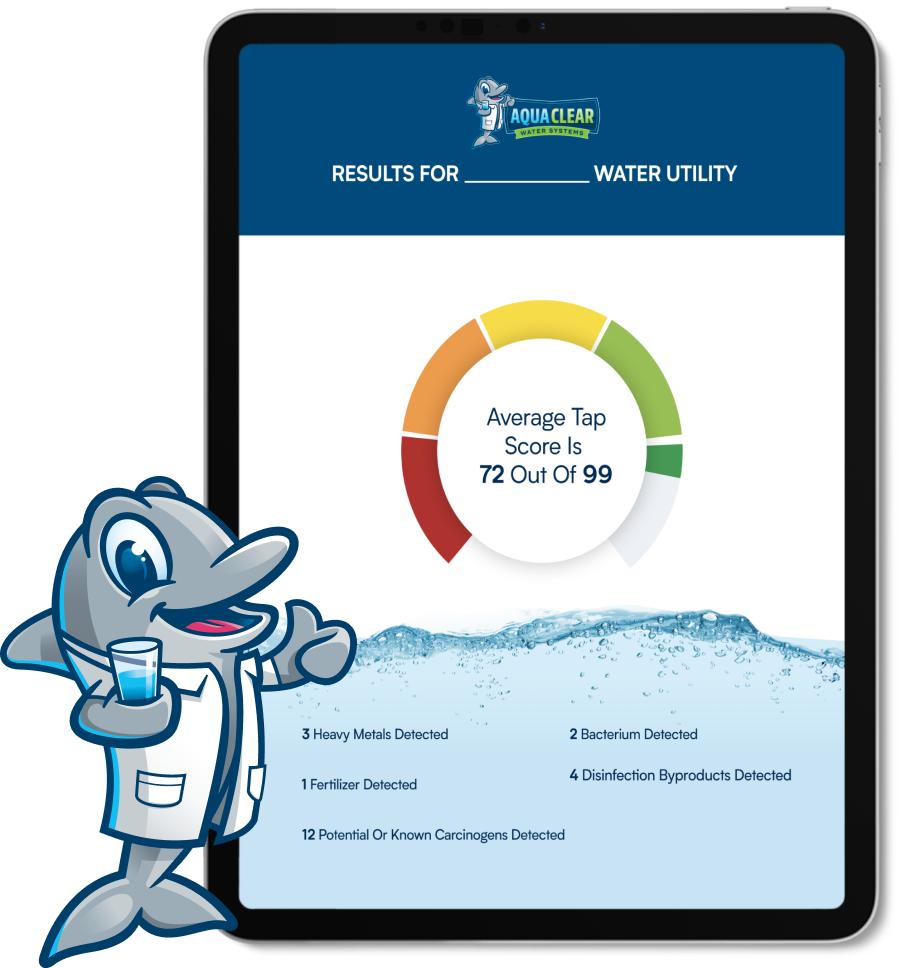
Get Your FREE Instant Water Report To Know Exactly How Safe Your House & Drinking Water Is In Just 2-Minutes!
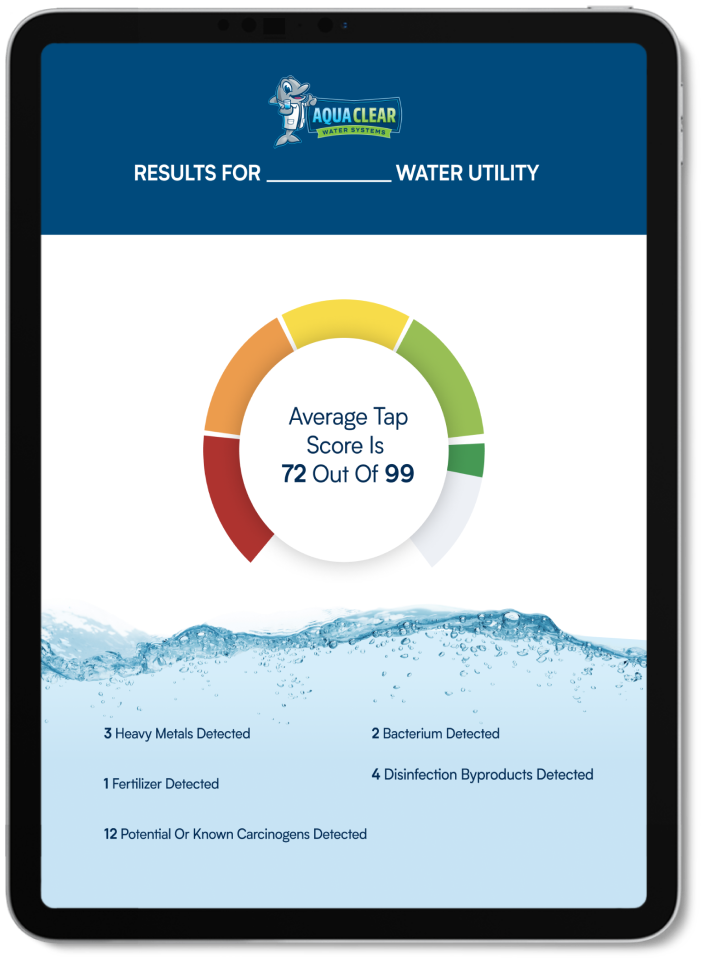
Don’t risk your family’s health! Just give us your zip code and in 2-minutes we’ll tell you exactly what contaminants are in your county or city’s water and how they affect your health.
The Dangers Lurking in Our Tap Water
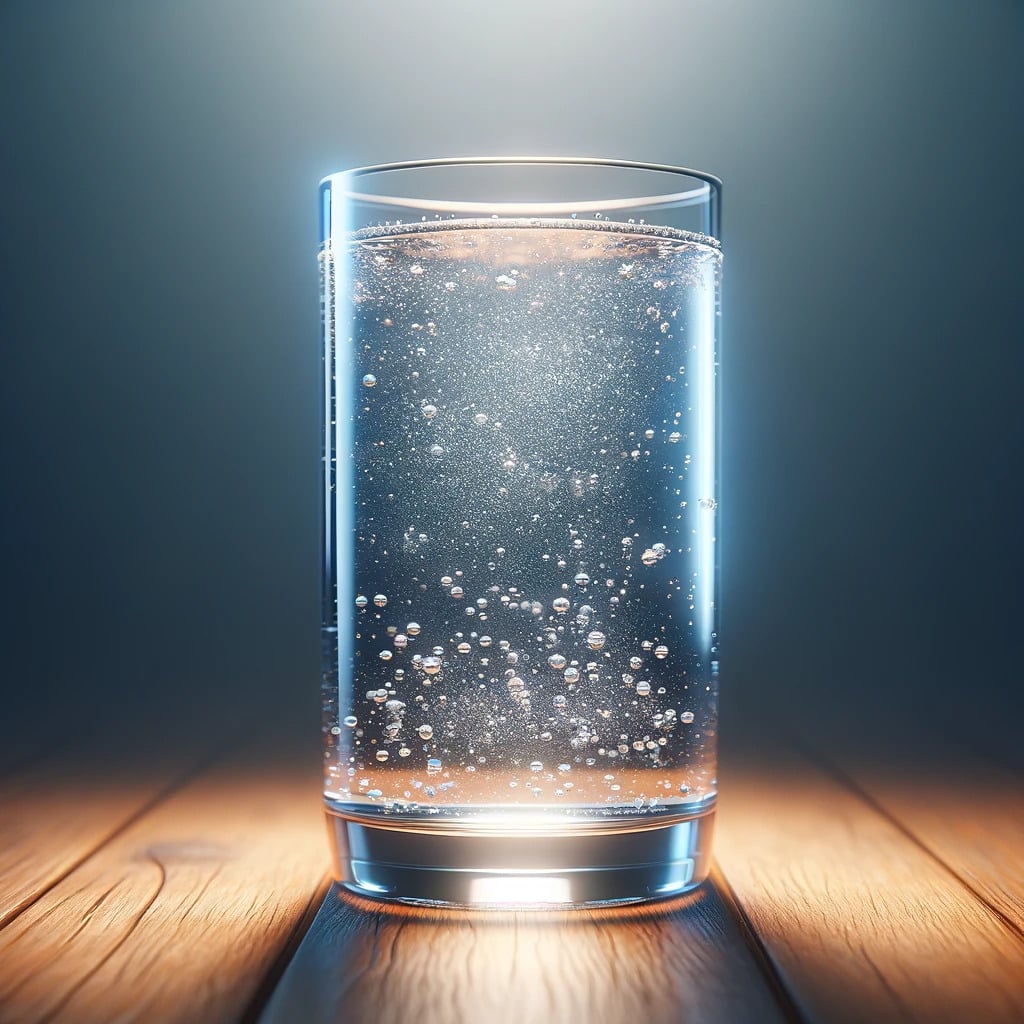
Various contaminants can be found in drinking water across the US, including lead, arsenic, and PFAS, each posing a serious risk to human health. Pregnant women and children are particularly susceptible to health complications from these contaminants, especially in areas affected by lead pipes. Mercury, another common contaminant, can cause kidney damage, and the lead contamination crisis in Flint, Michigan, has raised awareness about the dangers of lead in tap water.
Private well owners should test their water annually for the following:
-
Mechanical issues
-
Purity
-
Coliform bacteria
-
Nitrates
-
Other locally relevant pathogens or chemicals
Maintaining the cleanliness and safety of drinking water supplies is vital in mitigating health risks and shielding vulnerable groups from potential pollutants.
Lead: The Silent Threat
Lead, a toxic metal, can leach from pipes and fixtures in community water systems, leading to neurological and behavioral problems in children and adverse health effects in adults. Lead pollution in public drinking water is a serious issue. It mostly originates from corrosion of household plumbing systems and erosion of natural deposits. Contaminated water flowing through old pipes and fixtures poses a serious risk to public health. As a result, many people have opted for bottled water as an alternative source of drinking water to avoid the health risks associated with lead in tap water.
Efforts are underway to address the lead contamination crisis, with the Biden administration promising to replace all lead service lines across the country. However, progress has been slow, and many communities still face high lead levels in their drinking water. Promoting infrastructure enhancements and more stringent rules is crucial to guarantee everyone’s access to clean and safe drinking water.
Arsenic: A Hidden Poison
Arsenic, a naturally occurring element found in rocks and soil, can contaminate tap water, posing a risk of cancer and other health issues. Contaminated ground water is a common source of arsenic in tap water, and food crops grown in arsenic-contaminated soil or irrigated with arsenic-contaminated water can contribute to arsenic exposure through ingestion.
Long-term exposure to arsenic in drinking water can lead to a heightened risk of various diseases, including:
-
Cardiovascular diseases
-
Skin cancer
-
Bladder cancer
-
Kidney cancer
-
Lung cancer
-
Diabetes
Health experts and environmental advocacy groups recommend an arsenic limit of 3 parts per billion (ppb) or lower in drinking water, which is stricter than the current EPA limit of 10 ppb.
Keeping arsenic levels in drinking water below the recommended threshold is critical for safeguarding public health and reducing the risk associated with arsenic-related health problems.
PFAS: Forever Chemicals in Our Water
Per- and polyfluoroalkyl substances (PFAS) are man-made chemicals used in the production of stain-resistant fabrics, water-repellent clothing, nonstick cookware, and many other everyday products. These “forever chemicals” can contaminate water systems in all 50 states, causing various health issues such as cancer, hormone disruption, liver and thyroid problems, and reproductive harm.
The EPA has yet to set an enforceable legal limit for PFAS in drinking water, and the current voluntary limits may not be sufficient to protect public health. Advocacy groups such as the Natural Resources Defense Council (NRDC) are advocating for the federal government to phase out more than 12,000 toxic chemicals. They are also pushing states to adopt a standard maximum contaminant level..
Tackling PFAS pollution is pivotal for safeguarding the safety of our drinking water and preserving community health.
Common Contaminants and Their Effects
In addition to lead, arsenic, and PFAS, tap water can contain other contaminants such as:
-
chlorine
-
chloramines
-
pesticides
-
herbicides
-
pharmaceuticals
-
volatile organic compounds (VOCs)
Each of these contaminants can have its own potential health effects, ranging from skin and hair dryness to hormonal interference and organ damage. Recognizing these contaminants and their effects is crucial to maintaining the safety and quality of our drinking water.
As we dive deeper into the world of drinking water contaminants, we will explore the specifics of each contaminant and their effects on human health. This knowledge can empower individuals to make informed decisions about their water consumption and take appropriate measures to safeguard their health and well-being.
Chlorine and Chloramines
Chlorine and chloramines are chemicals used to disinfect water in many municipal water systems. While they help control microbial growth, these chemicals can cause significant skin and hair dryness, as well as irritating effects on the eyes and nose.
Disinfectant byproducts (DBP’s) are compounds formed when chlorine and chloramine interact with organic matter present in water. These byproducts can pose health risks, and in high quantities, have been linked to cancer. Understanding the impact of chlorine and chloramines on water quality and personal health can help individuals make informed decisions about their water consumption and treatment options.
Pesticides and Herbicides
Pesticides and herbicides are chemicals used to control pests and weeds and can contaminate drinking water through runoff from agricultural fields or residential areas. Exposure to these chemicals can cause hormonal interference and damage to reproductive organs, among other health effects. Some common pesticides and herbicides found in tap water include:
-
Atrazine
-
Hexazinone
-
Prometon
-
Tebuthiuron
-
Aldicarb
-
Carbofuran
-
Oxamyl
-
Organophosphates
Mitigating the presence of pesticides and herbicides in tap water is essential for providing everyone with clean and safe drinking water. Here are some strategies to consider:
-
Upgrading water treatment facilities to effectively remove these contaminants.
-
Implementing sustainable agricultural practices to reduce the use of pesticides and herbicides.
-
Properly disposing of chemicals to prevent them from entering water sources.
By taking these steps, we can help reduce the risk of pesticide and herbicide contamination in drinking water.
Pharmaceuticals and VOCs
Pharmaceuticals, synthetic chemicals found in prescription and therapeutic medications, and VOCs, volatile organic compounds emitted as gases from various sources, can also contaminate tap water. Poor manufacturing and disposal practices are often the cause of pharmaceuticals and VOCs in tap water. These substances can be absorbed by the body and cause a range of health issues, including reproductive impairment, kidney damage, and cancer.
Implementing stricter manufacturing and disposal regulations, together with investing in capable water treatment technologies, is vital to diminish the presence of pharmaceuticals and VOCs in drinking water. By addressing the issue of pharmaceuticals and VOCs in tap water, we can help ensure the safety and health of our communities.
The Role of EPA and Government Standards
The Environmental Protection Agency (EPA) and government standards play a critical role in ensuring the safety of our drinking water. By setting and enforcing regulations under the Safe Drinking Water Act, the EPA helps protect public health from exposure to contaminants in drinking water. However, current regulations may be outdated or under-enforced, leading to water quality problems and increased health risks. In this context, the Environmental Working Group plays a significant role in raising awareness and advocating for improved water quality standards.
Promoting stricter regulations, increased funding, and policy changes that prioritize aid for underserved areas is vital to enhance the safety of our drinking water. By addressing the shortcomings of existing standards and working towards more effective solutions, we can ensure that all communities have access to clean and safe drinking water.
Safe Drinking Water Act
The Safe Drinking Water Act (SDWA) was established in 1974 to safeguard the quality of drinking water in the United States. Its purpose is to set national standards for drinking water to guarantee the safety and health of the public, authorizing the EPA to regulate and enforce these standards to protect against health effects from exposure to contaminants in drinking water. The SDWA covers all waters used or potentially used for drinking purposes, including groundwater and surface water sources.
Despite the protections provided by the SDWA, the Act may not adequately address all contaminants or prioritize aid for underserved areas. Promoting more stringent regulations, additional funding, and policy shifts can assist in guaranteeing access to safe drinking water for all communities and ensuring effective public health protection under the SDWA.
Maximum Contaminant Levels
The EPA sets maximum contaminant levels (MCLs) for various substances in drinking water, which aim to protect public health and ensure the safety of our water supplies. However, these standards may be too weak or outdated to effectively protect public health from the growing list of contaminants found in tap water. For example, the EPA’s current limit for arsenic in drinking water is 10 parts per billion, while health experts and environmental advocacy groups recommend a limit of 3 ppb or lower.
Promoting stricter MCLs and including additional pollutants, like PFAS, can help safeguard our drinking water from harmful substances. By updating and strengthening maximum contaminant levels, we can move towards providing clean and safe drinking water for all.
Solutions for Cleaner, Safer Drinking Water
A combination of drinking water systems, water filtration systems, infrastructure enhancements, and policy change advocacy is necessary to guarantee access to clean and safe drinking water. By investing in these solutions, including water treatment plant improvements, we can help protect our communities from the dangers of contaminated tap water and ensure that everyone has access to safe drinking water.
In the following sections, we will explore:
-
Various water filtration systems
-
The importance of upgrading water infrastructure
-
The need for advocacy and policy changes to guarantee clean and safe drinking water for all.
Water Filtration Systems
Investing in water filtration systems can help remove contaminants and improve the quality of tap water for individual households. There are several types of water filtration systems available, including:
-
Water Softening Systems
-
Reverse Osmosis Systems
-
Carbon block and activated carbon filters
-
Whole House Filtration Systems
-
UV systems
Each type of filter has its own methods for removing impurities. While no filter or treatment system is 100% effective in removing all contaminants, choosing a filter that fits your specific needs is critical for maintaining the safety of your home’s water supply.
The cost of installing a water filtration system at home can range widely from what you're trying to accomplish. Always start with testing your water to see exactly what is in the water, then design a water treatment system around exactly what you want to remove. By investing in a quality water filtration system, you can help protect your family from the potential health risks associated with contaminated tap water.
Infrastructure Improvements
Upgrading water infrastructure, such as replacing lead service lines, can help reduce the risk of contamination in tap water. Outdated water infrastructure can lead to corrosion of metal pipes, resulting in leaks and physical breaches, and aging pipes can leach contaminants into the water. Tackling these infrastructure problems is essential for maintaining the safety and quality of our drinking water.
Infrastructure improvements can offer numerous advantages, including:
-
Improved public health
-
Increased dependability
-
Climate resilience
-
Economic development
-
Environmental sustainability
By advocating for infrastructure upgrades and increased funding for water projects, we can work towards providing clean and safe drinking water for all communities.
Advocacy and Policy Changes
Promoting more stringent regulations, additional funding, and policy shifts can assist in guaranteeing all communities have access to safe drinking water. By pushing for more rigorous regulations, such as stricter Maximum Contaminant Levels, and increased funding for water infrastructure projects, we can help protect public health and guarantee access to clean and safe drinking water for all.
Successful examples of advocacy resulting in policy modifications in water safety include the Clean Water Advocacy program by Potomac Conservancy, which facilitates grassroots activists to ensure clean drinking water in the Potomac River. By supporting and participating in advocacy efforts, we can contribute to the ongoing fight for clean and safe drinking water for everyone.
Summary
Throughout this blog post, we have explored the dangers lurking in our tap water, including contaminants such as lead, arsenic, and PFAS, as well as other common contaminants like chlorine, chloramines, pesticides, herbicides, pharmaceuticals, and VOCs. We have also discussed the role of the EPA and government standards in ensuring the safety of our drinking water, and the need for more stringent regulations and updated standards. By investing in water filtration systems, supporting infrastructure improvements, and advocating for policy changes, we can work together to ensure that all communities have access to clean and safe drinking water, protecting the health and well-being of ourselves and future generations.

Get Your FREE Instant Water Report To Know Exactly How Safe Your House & Drinking Water Is In Just 2-Minutes!

Don’t risk your family’s health! Just give us your zip code and in 2-minutes we’ll tell you exactly what contaminants are in your county or city’s water and how they affect your health.
Frequently Asked Questions
- What are the 5 contaminants in tap water?
-
Tap water can contain microorganisms, inorganic chemicals, organic chemicals, and disinfection byproducts, such as E. coli, lead, atrazine, and chloroform.
- Does tap water have contaminants?
-
Yes, tap water can contain contaminants such as perchlorate, PFOA/PFOS, and "forever chemicals," with the US Geological Survey estimating that almost half of US tap water is contaminated. The EPA regulates drinking water quality, but sometimes unsafe levels of germs and chemicals can still contaminate public drinking water.
- What role does the EPA play in ensuring the safety of our drinking water?
-
The EPA plays a critical role in protecting us from hazardous contaminants in our drinking water by setting and enforcing standards through the Safe Drinking Water Act.
- What can be done to address outdated or under-enforced drinking water regulations?
-
To address outdated or under-enforced drinking water regulations, advocating for stricter regulations, increased funding, and policy changes is essential to ensure all communities have access to safe drinking water.
- What infrastructure improvements can help reduce the risk of contamination in tap water?
-
Replacing lead service lines, upgrading water treatment facilities, and addressing aging pipes can help reduce the risk of contamination in tap water, making tap water safe to consume.
